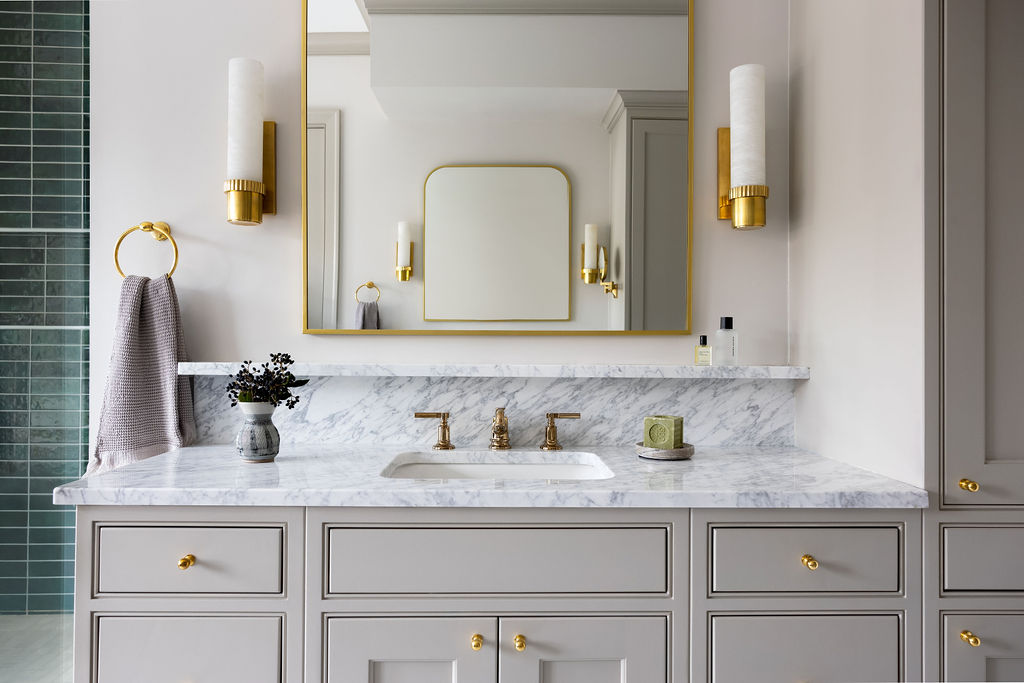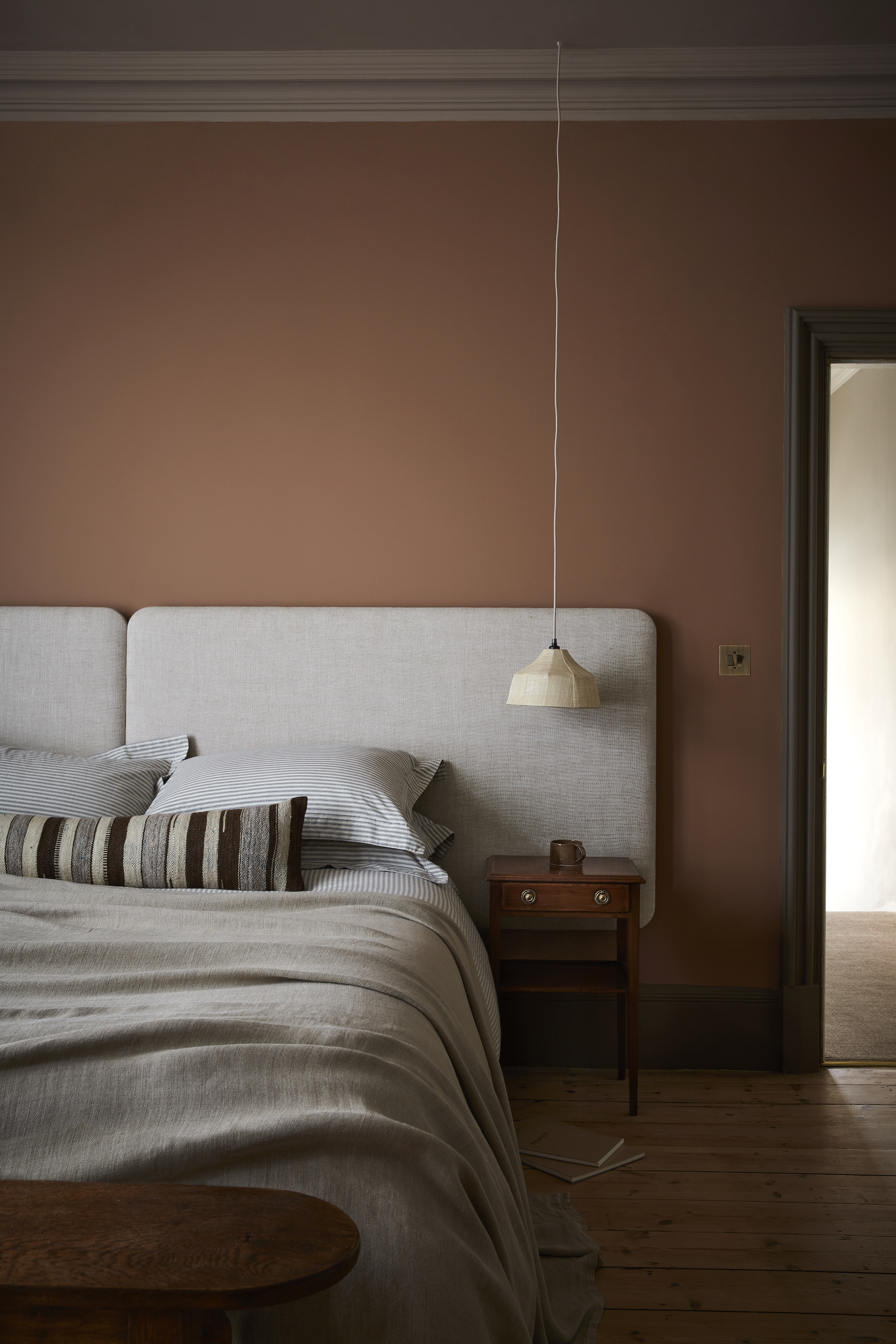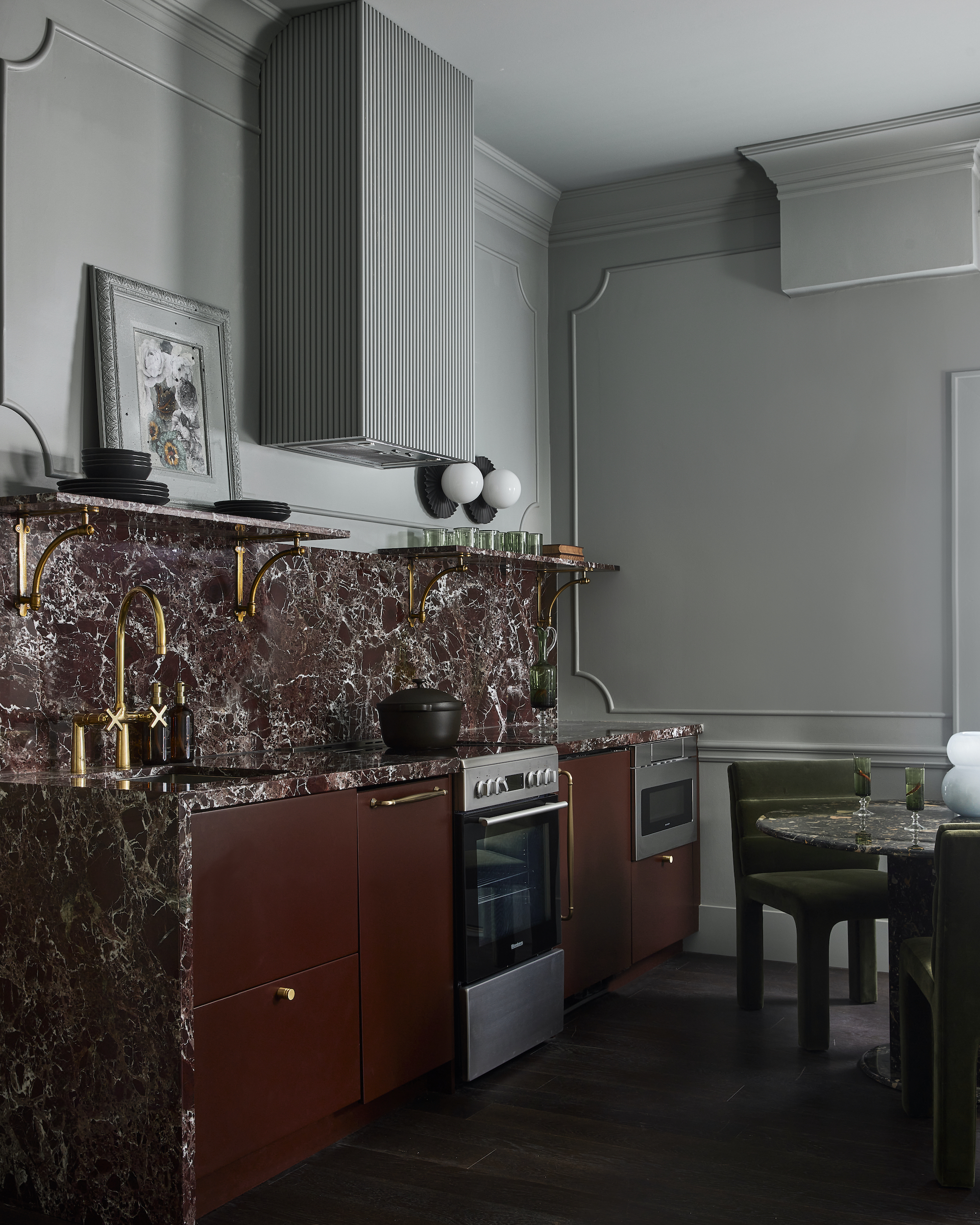
Choosing between satin and flat paint might not seem like the most important decision in achieving your desired look, but it's arguably just as important as color to the final look.
When contemplating the choice between satin and flat paint finishes, it's important to bear in mind the specific room or surface you plan to paint as this will affect the outcome.
Both options have their pros and cons, so it's essential to consider them all carefully before making that final decision.
What's the difference between satin and flat?

The difference between satin and flat paint is in the finish or sheen of the paint. Flat paint, as the name suggests, is as sheen-free as possible, while satin is a mid-level sheen paint. It's not as glossy as semi-gloss, but is still slightly more reflective and tackier to the touch.
This difference not only affects the way the paint looks, but also some of its practical qualities, too.
What are the pros and cons of a flat finish

A flat paint is a type of matte paint, but specially formatted to be as low-sheen as possible. If you’re after a paint that can create depth for a quiet luxury look, then flat paint is the one for you. ‘The ultra-flat finish helps to hide any surface imperfections and gives the walls a velvety texture,’ describes Nancy Parrish, Founder of Nancy Parrish Interiors.
When it comes to how to paint a room, flat paint is fairly forgiving when it comes to application mistakes, making it easier to apply and touch up, so it’s a good choice for ceiling and walls in low traffic areas such as bedrooms. It's also generally less expensive than satin paint, therefore a little more budget-friendly especially for larger spaces. ‘When painting a room in a matte finish, we recommend also painting the ceiling and trim work in the same color to enhance the architectural elements and envelope the space to create a moody, custom feeling,’ suggests Liz Goldberg, Founder and Creative Director at Carolynleona.
Flat finishes are, however, not as easy to wipe down, meaning they're likely to mark and need repainting more often. This means they're less practical for heavy use areas, like narrow entryways or mudrooms, while also generally not recommended for kitchens and bathrooms, unless you find a modern matt emulsion that has hardier qualities. They're usually not used for trims and paneling either, where you may want something that's less prone to scuffing.
What are the pros and cons of a satin finish

If you're looking for a paint that can withstand heavy traffic and frequent wiping down, then satin paint is the way to go. It boasts of durability and smooth finish, allowing it to be the perfect option for areas like kitchens, hallways, and bathrooms.
However, the higher the gloss level may also highlight any imperfections in the wall surface, so proper preparation prior to painting is absolutely key. And for modern interiors, flat and matte has been the most-desired look for a while, so you may find satin's sheen a little dated used all over the walls, but it's a good inbetween for more-than-flat, but less-than-gloss.
So which is best?

Both flat and satin offer very different looks. It may feel subtle in some areas, depending on light, yet it’s enough to make an impact on the entire ambience of a room. Helen Shaw, Director of Marketing at Benjamin Moore explains, ‘Satin provides a shinier, more reflective look with greater levels of durability, working well on windows, doors and trim. Whereas flat finishes are nearly as shine-free as flat, providing excellent hide and depth of color.’
You’ll need to consider the amount of light the finish will reflect back into the room as well as the desired ambiance. ‘A flat matt finish will have a “barely there” low-sheen level of just 3%, creating a sublime chalky finish that works particularly well with darker paint colours’, explains Ruth Mottershead, Creative Director at Little Greene, creating atmospheric spaces, perfect for bedrooms, living rooms, dining rooms or study spaces. ‘Whereas a satin finish has a sophisticated subtle sheen of 30-35%, and is suitable for all household millwork, trim, interior doors and window frames, as well as cabinets and wooden furniture.’
You could of course combine the use of finishes in one space to create subtle contrast in the design, ‘Contrasting finishes are a fantastic way of creating zones within a color drenched interior,’ says Ruth, a satin finish on windows, doors and trim will highlight these spacial details, giving them a soft focus amongst everything else.
Ultimately, the choice between satin and flat paint comes down to your specific needs and preferences. The Livingetc approach? Stick with as flat as possible finish for walls and ceilings. In really high-traffic areas, such as entryways, you could choose a satin for your trim, but an eggshell paint is a more durable, matte option. Overall, carefully consider the room's function, lighting, maintenance requirements, and overall desired look to be able to make the right decision.







